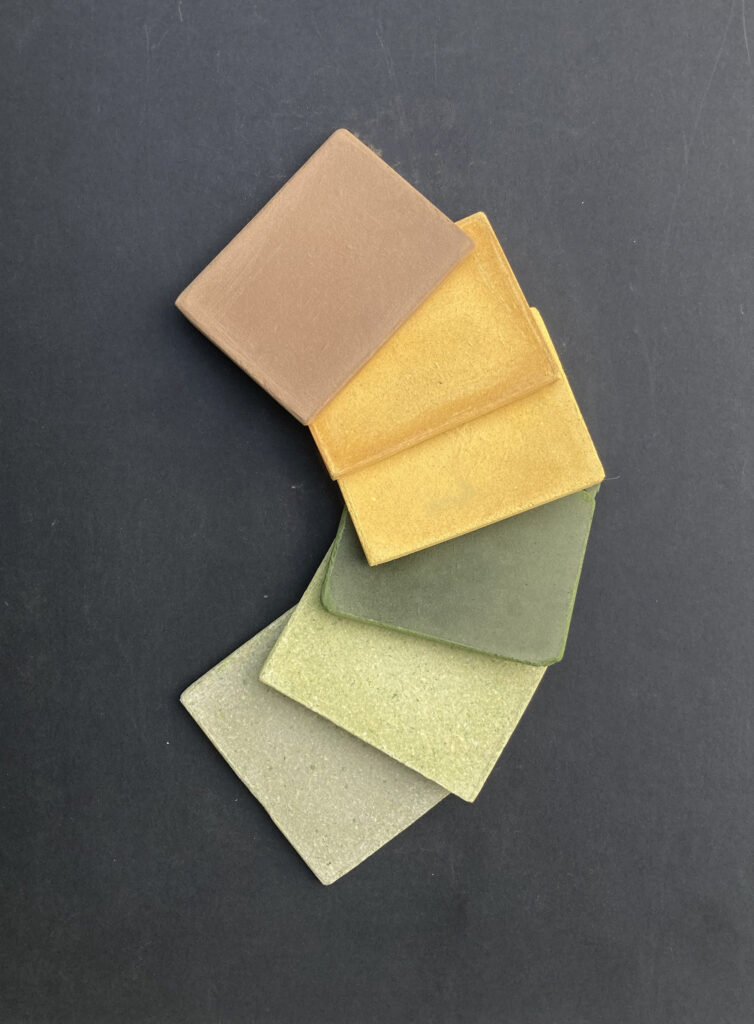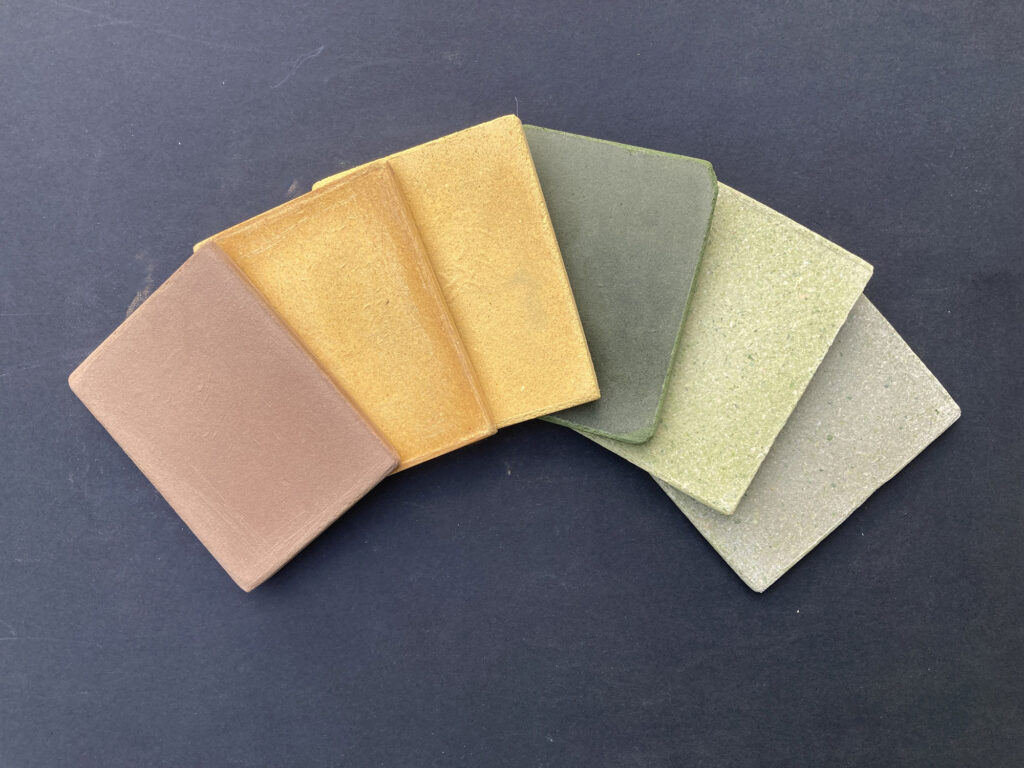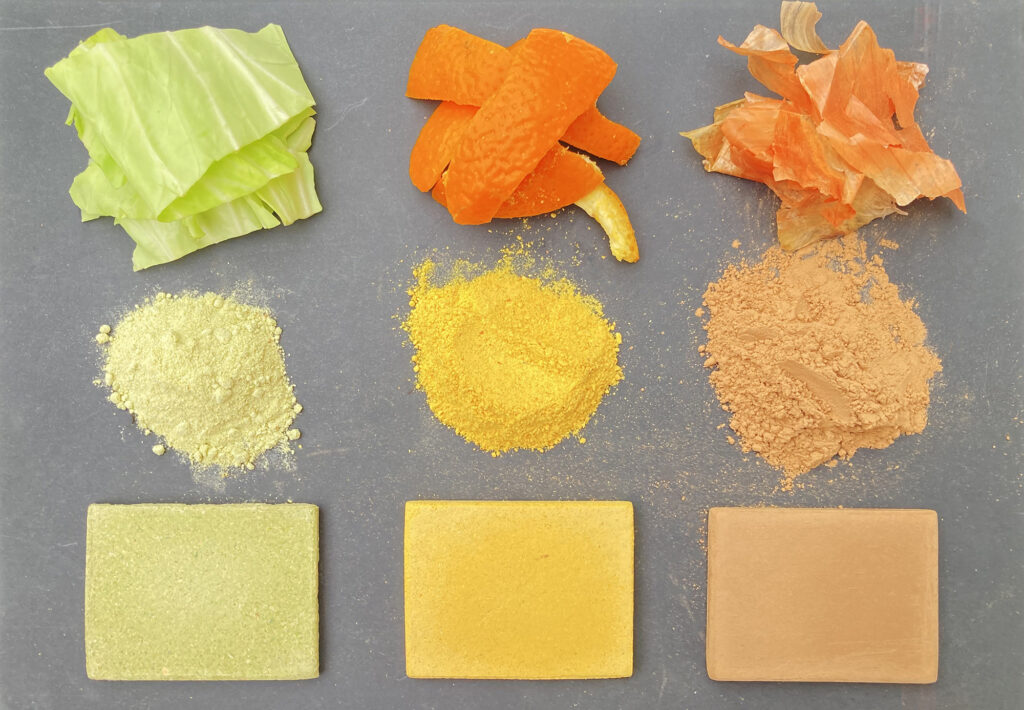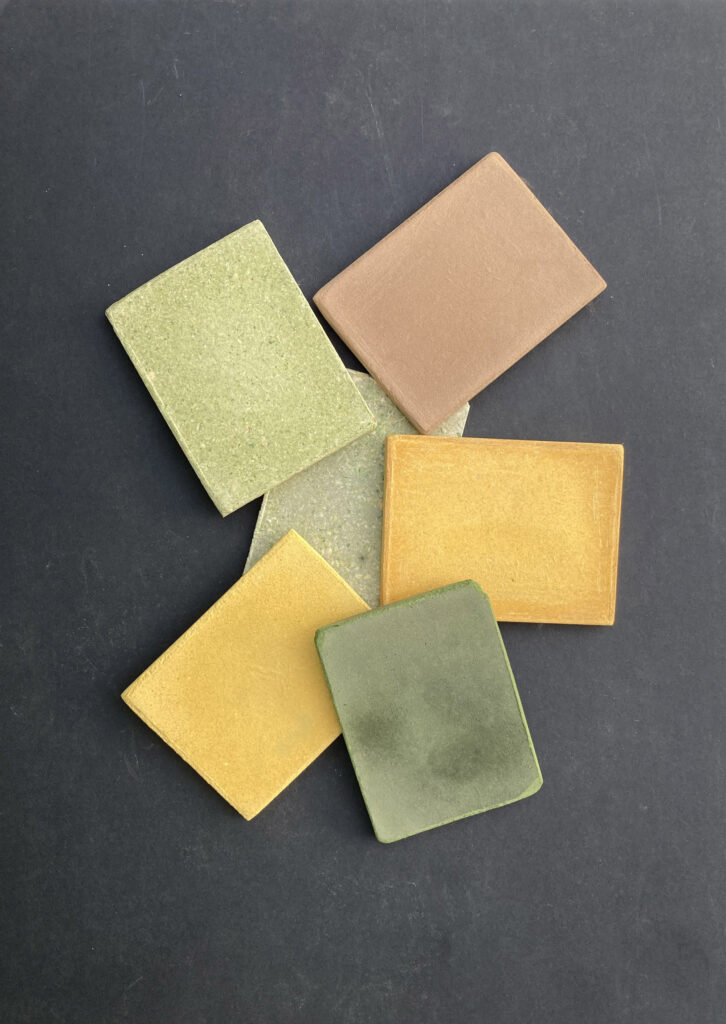Food For Thought Researchers Make A Concrete Replacement Out Of Food Scraps
Those unmovable lumps you struggle to chip off last night’s dinner plates are inspiring scientists to make new ultra-strong building materials out of food waste.
Researchers in Japan have created a concrete replacement out of food scraps – and the new compound can be both edible and sweet smelling.
In an exclusive interview with Real Press, Associate Professor Yuya Sakai, 36, from the Institute for Industrial Science at the University of Tokyo and Kota Machida, 28, whose research was part of his graduate studies at the university, spoke about the inspiration behind using food scraps for construction.

They said food waste amounts to hundreds of billions of pounds per year and the cost to the environment is immense, so it made good sense to test these raw products to see if they could make construction materials with compatible or better strength than concrete.
Professor Sakai, who is a concrete engineer specialising in its recycling, believes these 1.3 billion tons of food that is wasted every year can become a sustainable resource for many materials.
His earlier research resulted in a technique for combining recycled concrete powder and wood waste to form an improved material through heat pressing, and that sparked interest in using other waste products in a similar way: “A similar approach can be applied to not only wood but also vegetables and fruit, and that is what we did.”
The professor’s research ideas rubbed off on Kota, who was one of his students: “When I met Professor Sakai, he told me about his research on wood powder and waste concrete powder.

“It was very interesting and I was thinking what will fit as a new material,” he added. “I found that a very huge amount of food waste is generated in Japan annually and I thought this is a very big issue that we have to solve, so that is why I focussed on food waste such as vegetables of fruit.
“It is said that one third of food is wasted in the whole world.”
Kota adapted the heat pressing method, using lower temperatures between 50 and 150 degrees Celsius, to produce materials that are about four times stronger than concrete.
“It holds its original smell,” said Professor Sakai.” So, you can smell orange if you make samples from oranges.”

And the material is non-toxic and even safe to consume, “but it’s rather crunchy” jokes the professor.
The research has already attracted interest from some product manufacturers but further research could see it recognised for actual building purposes.
“I think in the future we can develop more strength and materials from vegetables and fruit could be used for real constructions and structural materials,” said Kota.
“For buildings it will be a kind of future application,” said Professor Sakai. “But so far many companies have contacted us and they are interested in producing furniture, boxes and such small things.”

“The bonding mechanism of these materials are not clarified completely yet, so we have to study these and prove them. That will be the next step.”
“We also want to investigate a bigger variety of food scraps.”
“But,” he added. “Many students are interested in this research and so next year many new members will join our laboratory.”
Another useful element said Kota is the colour of the materials they can produce: “It can retain its original colour and when we add other elements to the mix, we can control the colour so I think it can meet a wide range of demands.”

And mango is their favourite food item to make materials out of. “It tastes very sweet,” says Kota. “And it smells very nice. I think it’s my favourite.”
The paper, Development of Novel Construction Material from Food Waste was published in the 70th Annual Meeting of The Society of Materials Science on May 2021.



